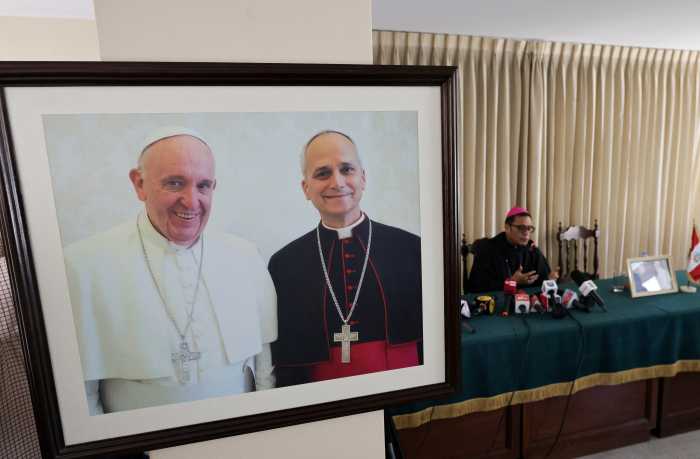No matter what your political beliefs are, helping our veterans and active service men and women should be one of our nation’s a top priority. And with how much they sacrifice day in and day out for our country, stories of people going into debt after their service can break your heart.
We spoke with former U.S. Army Colonel and the current Chief Operating Officer of the American Armed Forces Mutual Aid Association (AAFMAA) Carlos Perez to find out some helpful tips for active service members and new veterans to stay out of debt once they come home.
“For most, this is the first time away from a support system when they join the service and they can feel really isolated,” explains Perez “The challenges are, they can be inexperienced in their personal finances. Many are taking on banking and credit on their own for the first time. Some of these people enlist right out of high school and not college. So they fall into traps of overspending and maybe predatory loans that can get them in debt. Those are challenges we see quite a bit. So what can you do about them?”
Keep a strict budget with your wages
Perez is fully aware that most people who enlist in the military know the budgeting basics. But he believes that this concept bears repeating since service members have to plan ahead for their lives outside of the military.
“Most people understand budgeting but budgeting is all about controlling where your money goes and not spending by happenstance,” he explains “that’s a skill that requires practice. So we encourage people to budget and within that to create an emergency fund. We also ask them to think about their future. Which is hard because when you’re young you think you can live forever.”
Perez also believes that budgeting can be difficult for many members of the military who are deployed in remote areas of the world. “If you’re assigned to a remote post in Iraq or Afghanistan,” says Perez, “it could be really hard to jump online to check out your balance. In fact, it’s probably impossible. So the challenge is that you will have to conduct personal finances at a distance. And not only that, it can be an extended absence when you deploy.”
Plan for the future
Service members have the opportunity to opt into a $400,000 life insurance policy through the Service Member’s Group Life Insurance (SGLI). But for many members, this policy will not be enough to help out their families as much as they would like in case the worst scenarios should play out.
Perez advises that members of the military should look into life insurance policies early on and have honest discussions with their families about creating their wills. If not, their families may not be taken care of to the full extent that they should be in the event of a horrible tragedy.
And lastly …
Avoid ‘Retail Therapy’
In many cases, service members will return home with a loaded bank account after fulfilling their duty and see the world as their oyster. This is where many get into trouble.
By blowing this money on impractical things like new cars and gaudy properties, many service members find themselves going into debt after not using this financial bump to set themselves up for the future
Perez explains this urge to go wild is much easier give into than you might imagine. “When you’re deployed,” he says, “there are substantial tax advantaged benefits that you receive like hazardous duty pay and family separation pay. These can create mini windfalls and if you’re not careful, you can instead waste them on something you may not need.”
Treating yourself after your service is over is totally understandable. Just make sure to keep it within reason!
























